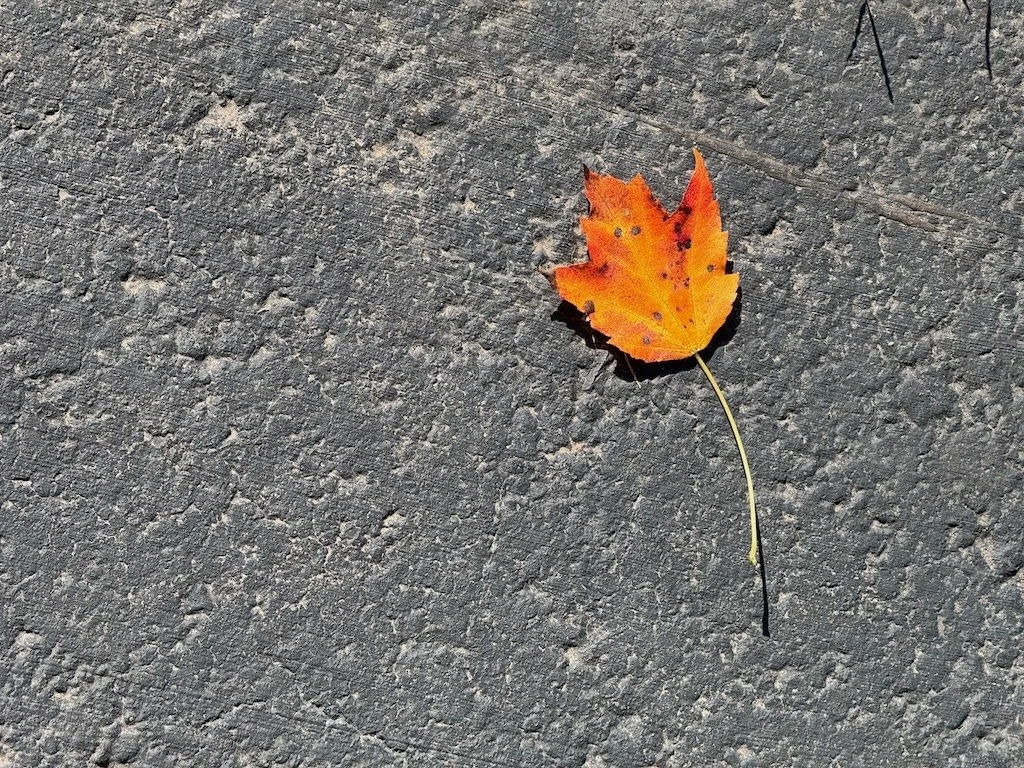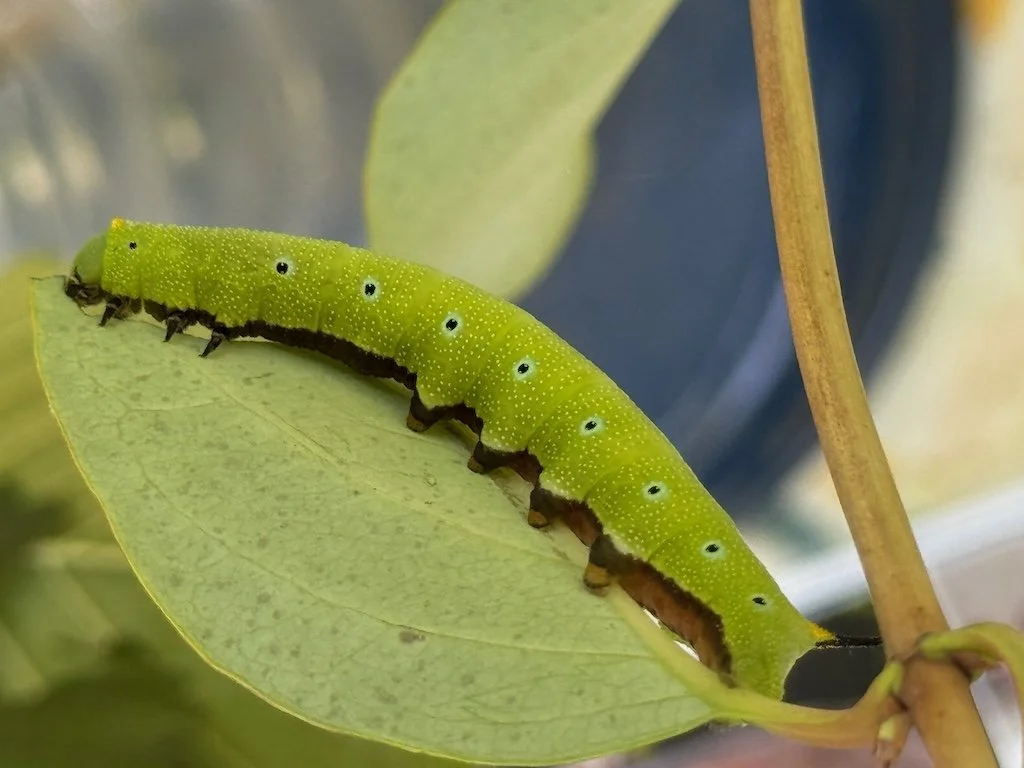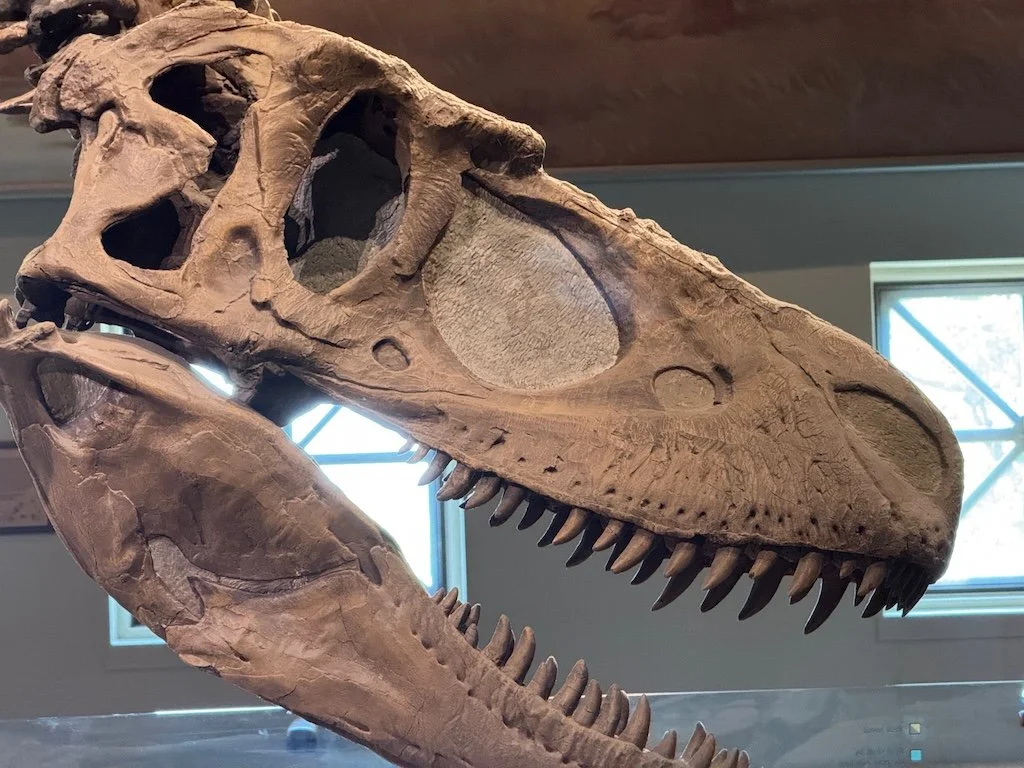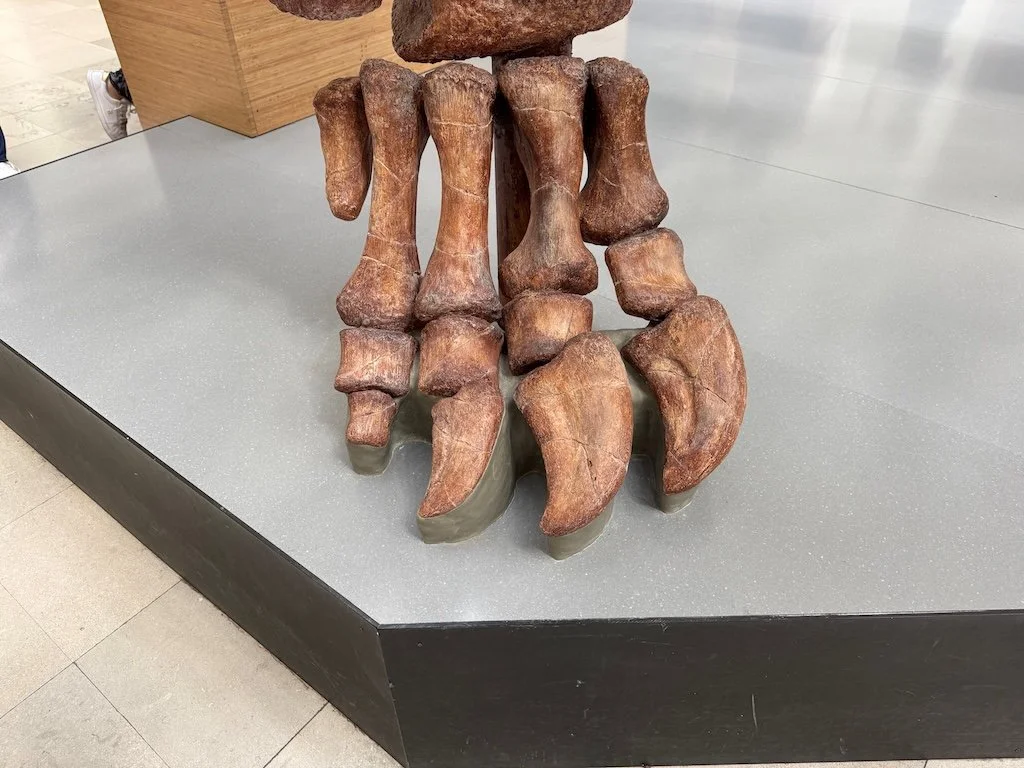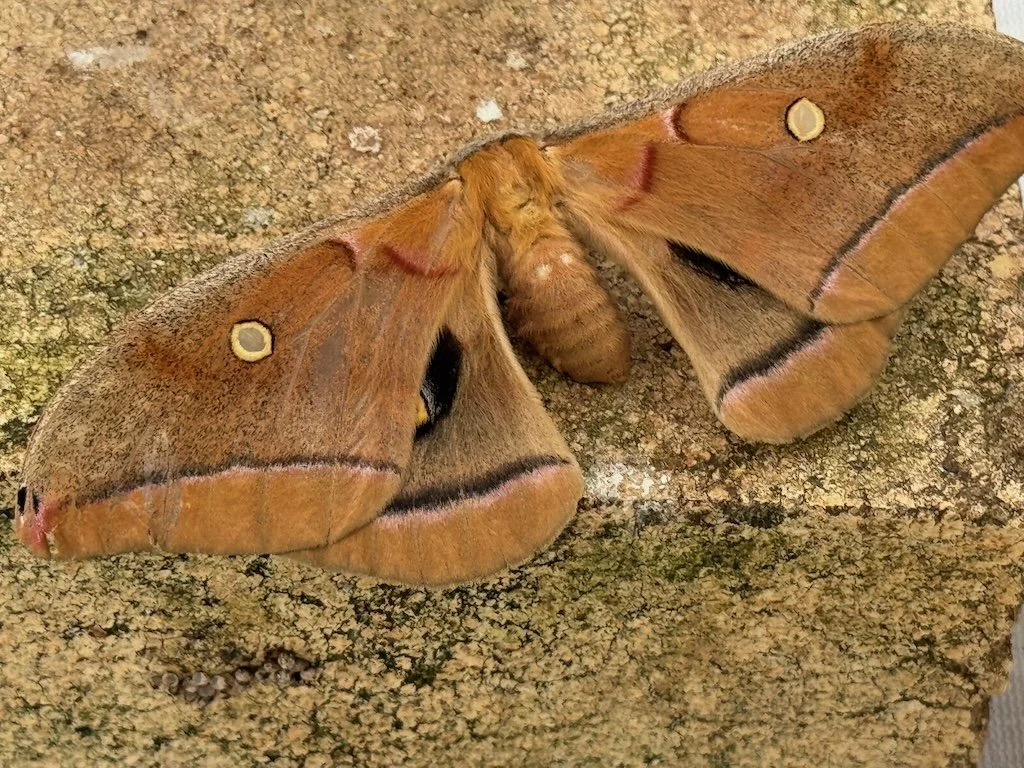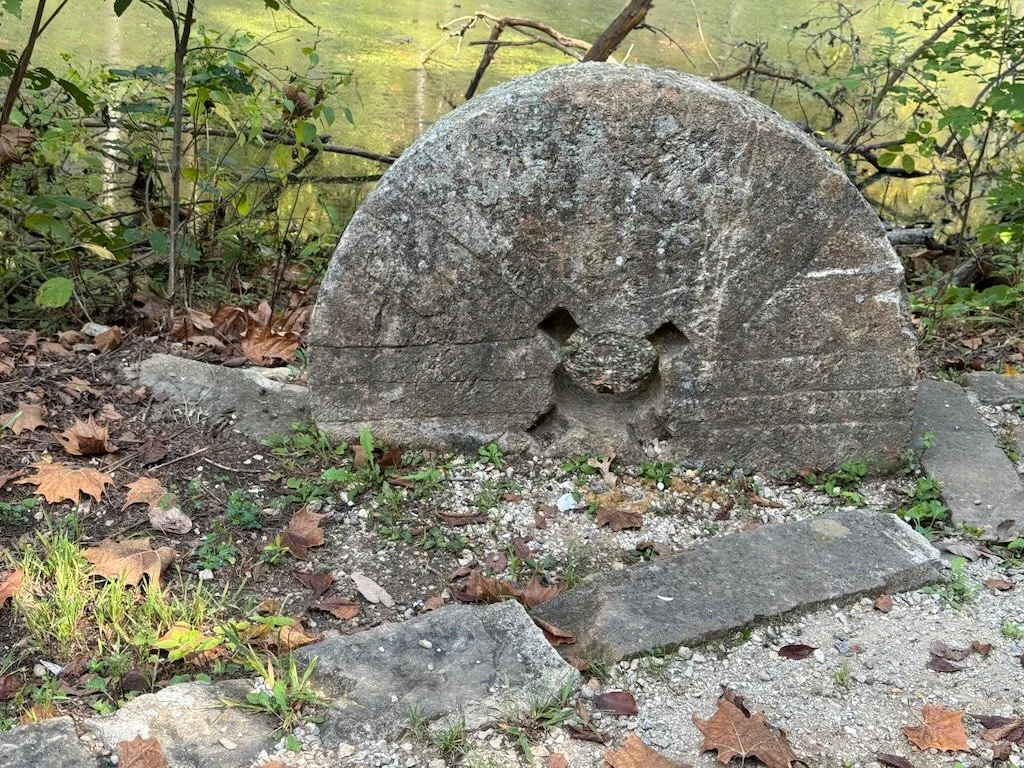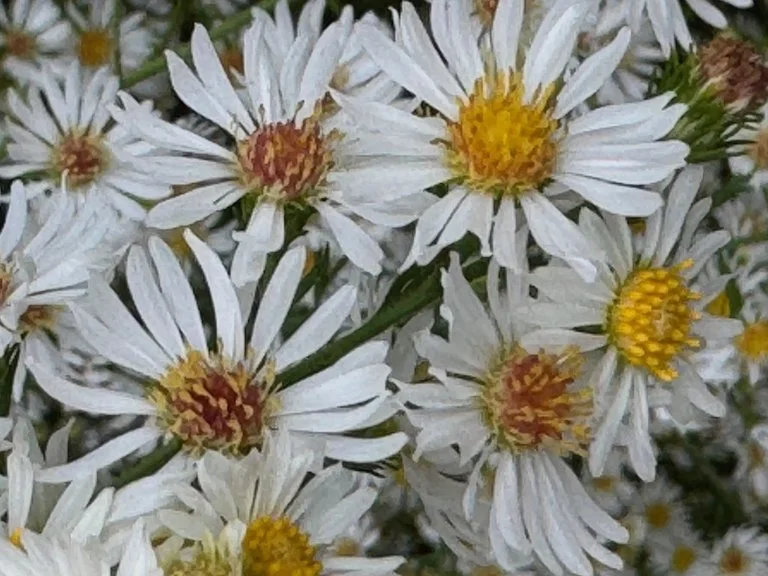Gleanings of the Week Ending March 14, 2020
/The items below were ‘the cream’ of the articles and websites I found this past week. Click on the light green text to look at the article.
Shrikes: Meet the Bird That Impales Prey on Spikes – The bird creates its “pantry” on barbed wire…other spikey objects. Gruesome…but it’s an adaptation that works for the bird.
The color of your clothing can impact wildlife - ScienceDaily – For water anoles – orange is better than green if you want to see the lizards!
We're Destroying Virgin Forests for Toilet Paper -- What Are the Alternatives? | CleanTechnica – Not good! We in the US are the biggest users…change is hard.
Why Clouds Are the Key to New Troubling Projections on Warming - Yale E360 – Fewer clouds as the planet warms? If so, we’ll heat up more because more solar energy will strike the planet. That’s what the most recent models are predicting and real-world data from satellites suggests that the modelers’ predictions may already be coming true. We’ll have less snow and ice around too to reflect solar energy back into space. It seems like we should make all sky facing manmade surfaces (like roofs) white or lighter colored (unless they are generating energy)…and look for other opportunities to reflect like clouds.
New Research Rewrites the Demise of Easter Island | Smart News | Smithsonian Magazine – There is mounting evidence that Easter Island people created the statues until at least 1750 – after contact with Europeans. And their population has been relatively stable since the 1400s. By the time the British explorer James Cook arrived in 1774 the statues were in ruins. By 1877, just over 100 people remained on Easter Island.
How do woodpeckers avoid brain injury? – Woodpeckers avoid concussions with some adaptions: 1) specialized skull bones, neck muscles, beaks and tongue bones 2) less internal fluid surrounding their brain to limit the motion of the brain during pecking. Interesting…and maybe can help devise ways to protect and heal human brain injuries.
Anti-solar cells: A photovoltaic cell that works at night -- ScienceDaily – Some research…potentially a way to balance solar power over the day-night cycle.
How did the last Neanderthals live? - BBC Future – From caves in Gibraltar….the insight that they were much more like us than we once believed: they exploited seafood and marine mammals (they could swim…hunted dolphins), wooly mammoths, woolly rhinos, ibex, birds (maybe used their feathers…particularly the black ones); they decorated walls and shells; their hyoid bone was like ours (which means they might have had speech like ours); they made tools of bone that were copied by modern humans.
Florida scientists study health effects from exposure to toxic algae - UPI.com – Blue-green algae toxins make people sick (liver damage/disease, skin rashes, headaches, trouble breathing) but does it cause disease when it is absorbed via breathing (i.e. airborne particles) during algae blooms? Fish kills are bad too. It’s good to research the topic but shouldn’t we do everything we can to prevent the blooms in the first place?
Researchers Find Cell-Free Mitochondria Floating in Human Blood | The Scientist Magazine® - Surprise! Now to figure out their function….

